Toyota Prius - Japan's contribution to automotive history
Making the earth greener with the Prius and making history as a world saver: With these ambitions, Toyota began developing the first hybrid car, which sold millions of units, 30 years ago. Today, the Prius is in its fifth generation, but the hybrid future is almost a thing of the past.
The new, fifth Toyota Prius with its sporty silhouette is the winner of the 2023 Red Dot Design Award, putting it on a par with exciting Ferrari models: Not even experts thought the previously bizarrely packaged hybrid pioneer could pull off this spectacular relaunch. However, the track record of the Japanese eco-activist, which was launched in 1993 and went into mass production four years later in unconventional bodywork, was already impressive: Toyota had already sold over five million units worldwide of the first mass-produced car with a dual heart consisting of a combustion engine and an electric motor. The Prius turned hybridization into a hype that most manufacturers are now following, whether as a mild, full or plug-in hybrid.
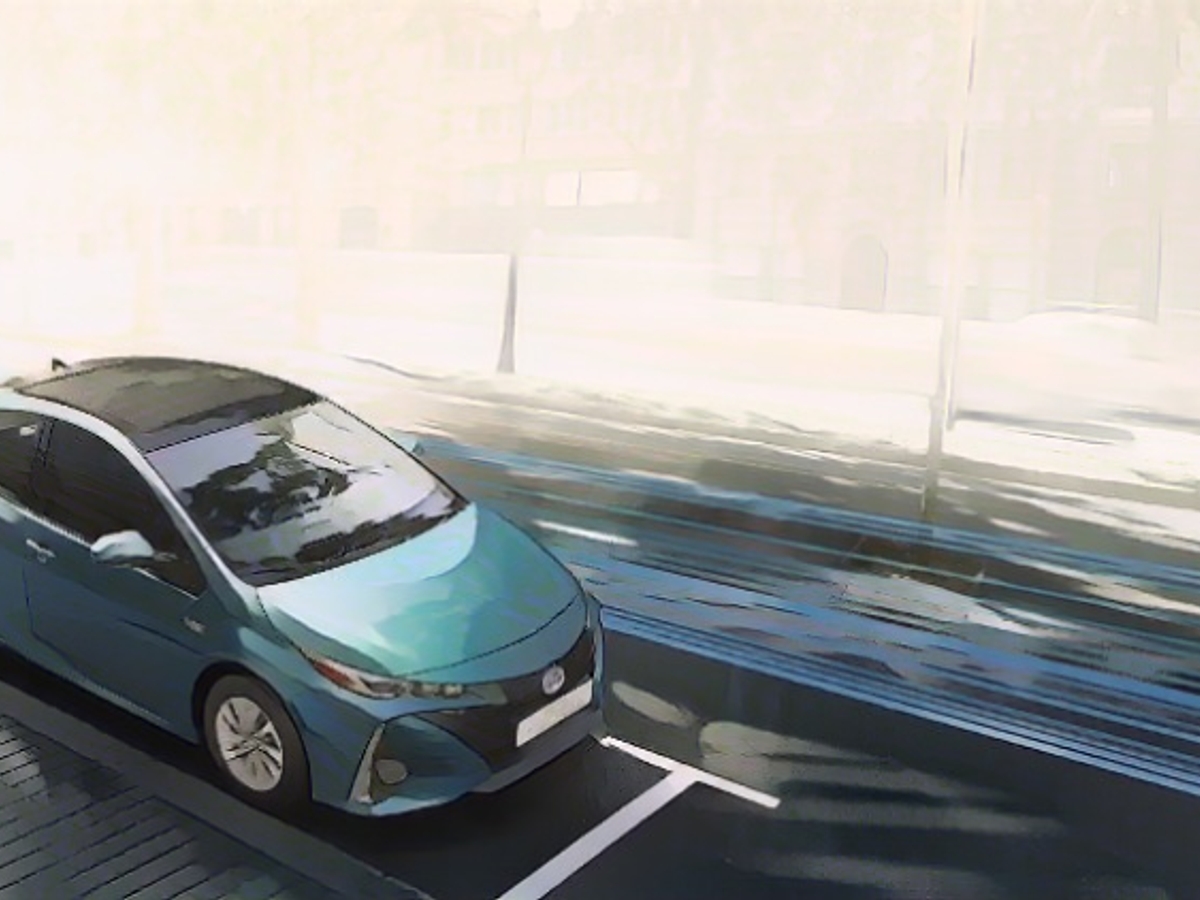
Incidentally, the latter is also a Toyota invention: In 2010, the Prius once again lived up to its model name ("first") and went into mass production as the world's first plug-in hybrid. Five years later, the Prius once again led the way, this time as the first production car to run on solar power. And the competition? They weren't sleeping, as the many early hybrid attempts by Audi, Alfa and Honda showed, but Toyota was ahead in the end. After all, the Japanese wanted to secure an entry in the history book, as Toyota manager and later President Fujio Cho announced at the presentation of the Toyota environmental roadmap "Earth Charter".
1993 signal for the development of the Toyota Prius
"It annoys me when people say that Japan has not made any contribution to the development of the automobile in 100 years," explained Fujio Cho, signaling the development of the Toyota Prius in 1993 and thus the start of the age of electric mobility. As Fujio Cho had hoped, the Prius gave the Toyota brand the image of an innovation leader that provided answers to the environmental challenges of the early 21st century.
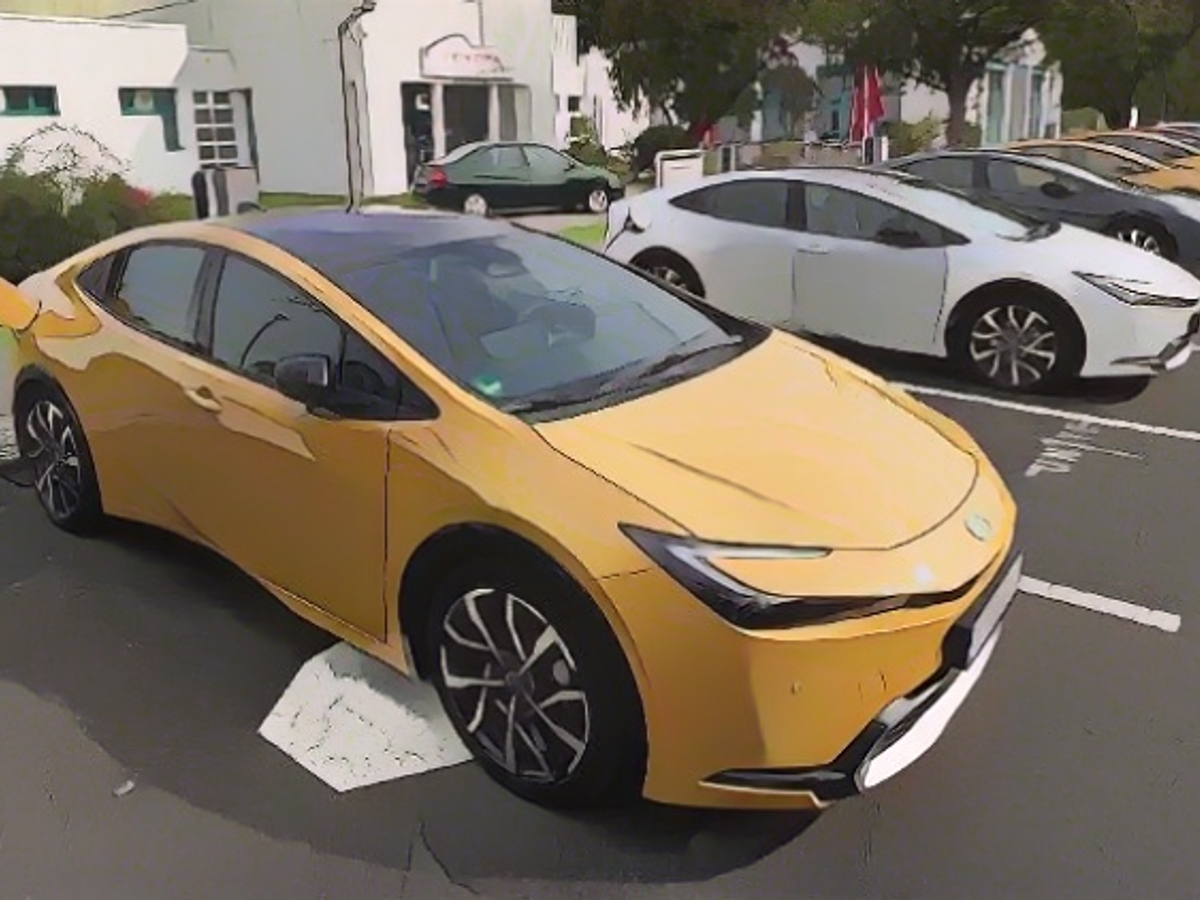
In the noughties, driving a hybrid was seen as ecologically valuable and so stylish that environmentally conscious celebrities and politicians were only too happy to be driven onto the red carpet in an unconventionally shaped Prius. And in 2005, at the end of his term as CEO, Fujio Cho was not only able to reap the ecologically valuable rewards of his work: The Toyota Group was then on its way to becoming the largest vehicle manufacturer in the world, posting more profit than Daimler-Chrysler, General Motors and VW combined.
Europeans were the first to use hybrid technology
Yet it was originally Europeans who wanted to put the complicated hybrid technology on the road. For example, Ferdinand Porsche, who designed a vehicle with the power of two hearts for the Viennese company Lohner in 1900. Or the VW subsidiary Audi, which launched the Duo model as a plug-in hybrid in 1989, but only very small numbers were produced. Only the Japanese had the necessary determination to eliminate all of the hybrid's weak points, and so in the end it came down to a showdown between the Honda Insight and the Toyota Prius.

Perhaps it was the experience advantage - Toyota had been researching the basics of hybrid technology since 1965 and launched the adrenaline-pumping Sports 800 as a prototype for practical tests in 1977. In any case, Toyota gave the go-ahead for the start of series production of the small full hybrid sedan Prius at the World Climate Conference in Kyoto in the fall of 1997.
Honda was faster on the US market
Honda, on the other hand, was quicker on the US market, first switching the start light to green for the Honda Insight hybrid coupé, then for the Prius. In the end, however, only the four-door Prius was successful, as it was the only convincing full hybrid, in which the petrol engine and electric motor drive the vehicle independently or together - unlike the Honda Insight, which did not drive without a combustion engine.
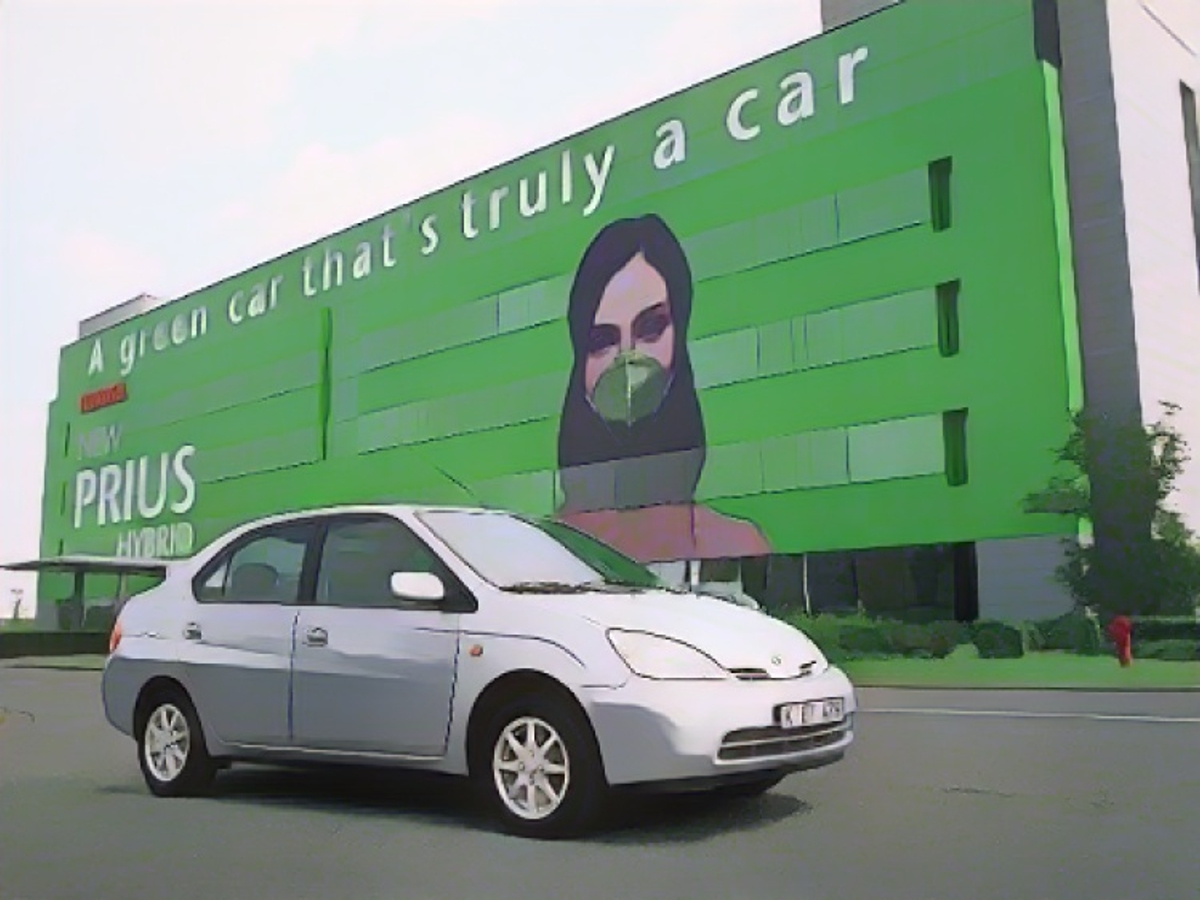
So much advantage through full hybrid technology had its price. Toyota asked 44,400 marks for the 4.32-meter-long Prius when it arrived in Germany in January 2001 with a 53 kW/72 hp petrol engine and a 33 kW/44 hp electric motor. Too expensive for an ugly duckling, even environmentalists apparently thought, as there were proud swans like the BMW 3 Series and Audi A4 available at the same price. Above all, where was the Prius' fuel consumption advantage? 5.1 liters of standard consumption could only make drivers of many diesel cars grin with amusement.
On the other hand, the Prius only competed against petrol cars outside Europe and it scored points right from the start with the advantage of being able to run electrically for a short time and therefore locally CO2-free. Only the second Prius generation presented in 2003 took the wind out of the sails of the skeptics, and now the wedge-shaped hybrid finally became a hipster. The first production model with less than 100 grams of CO2 emissions won the European "Car of the Year" media award, and many cab fleet operators put their trust in the reliable Toyota, whose battery was still in good shape even after a million kilometers.
Trendy eco-couture for Hollywood stars
For Hollywood stars such as Cameron Diaz, Leonardo di Caprio and Harrison Ford, the advanced hybrid drive - the second Prius was able to drive up to two kilometers completely electrically - was trendy eco-couture for the trip to the Oscars, and German politicians appeared in the Prius especially during election campaign appearances. It took Toyota and its luxury subsidiary Lexus almost ten years to sell their first million hybrid vehicles, and since 2017 they have been selling over a million units a year. The competition did not miss out on the new technology, but neither Honda, Ford, GM, Peugeot nor the German brands were able to report anything even close to similarly respectable sales figures.
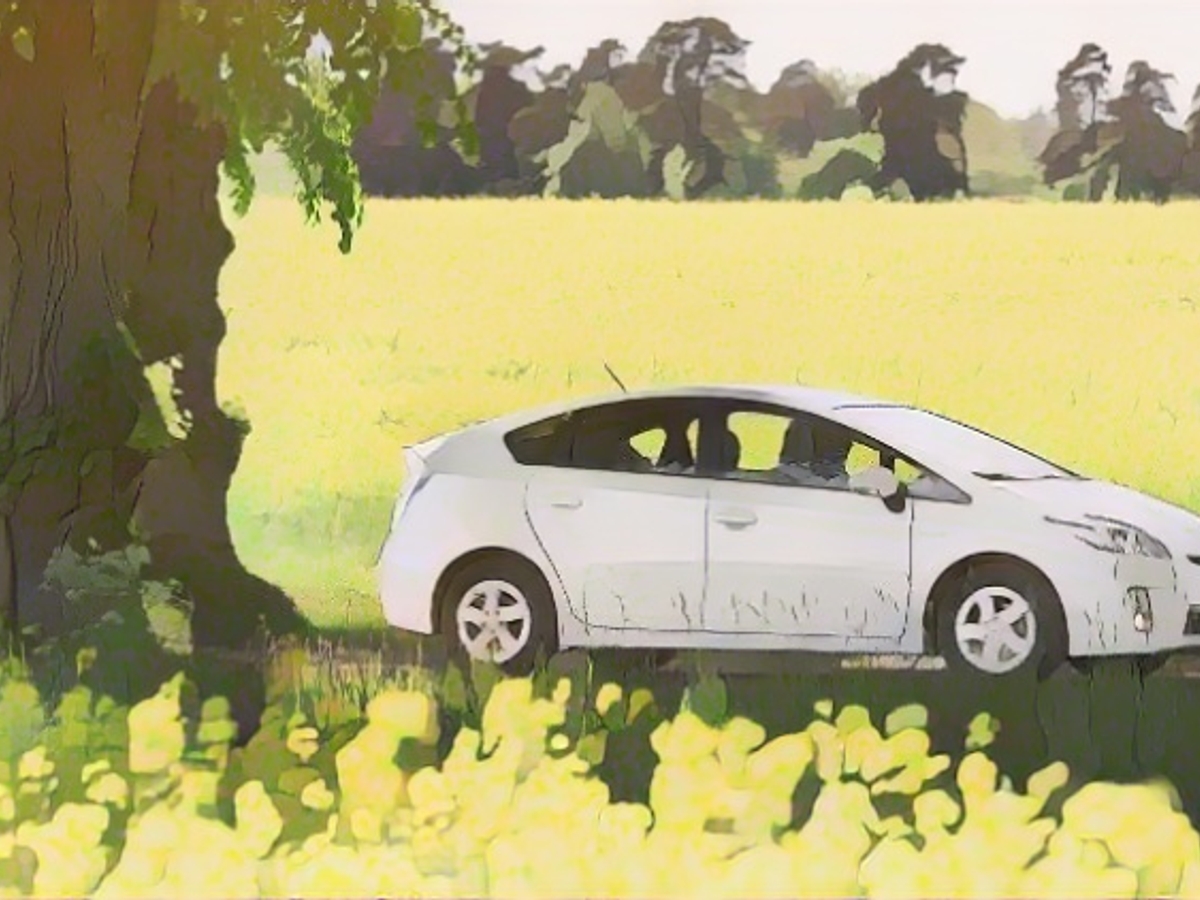
Not even the all-electric models introduced by Mitsubishi, Nissan or Tesla from 2009 onwards were able to slow down the Toyota hybrid drive. The third Prius (2009-2016) was available for the first time as an optional Prius+ van and as a plug-in hybrid for more range in electric mode, and the fourth edition of the Prius (2015-2022) surprised with a solar roof charging system in the plug-in hybrid for additional kilometers. At the same time, Toyota added hybrid models in all classes, from the city runabout Yaris to the Corolla and RAV4 to the full-size SUV Highlander, not forgetting the Lexus hybrid fleet. Many competitors within the Group, which slowed down the sales figures of the Prius.
"Interesting technology that nobody cares about"
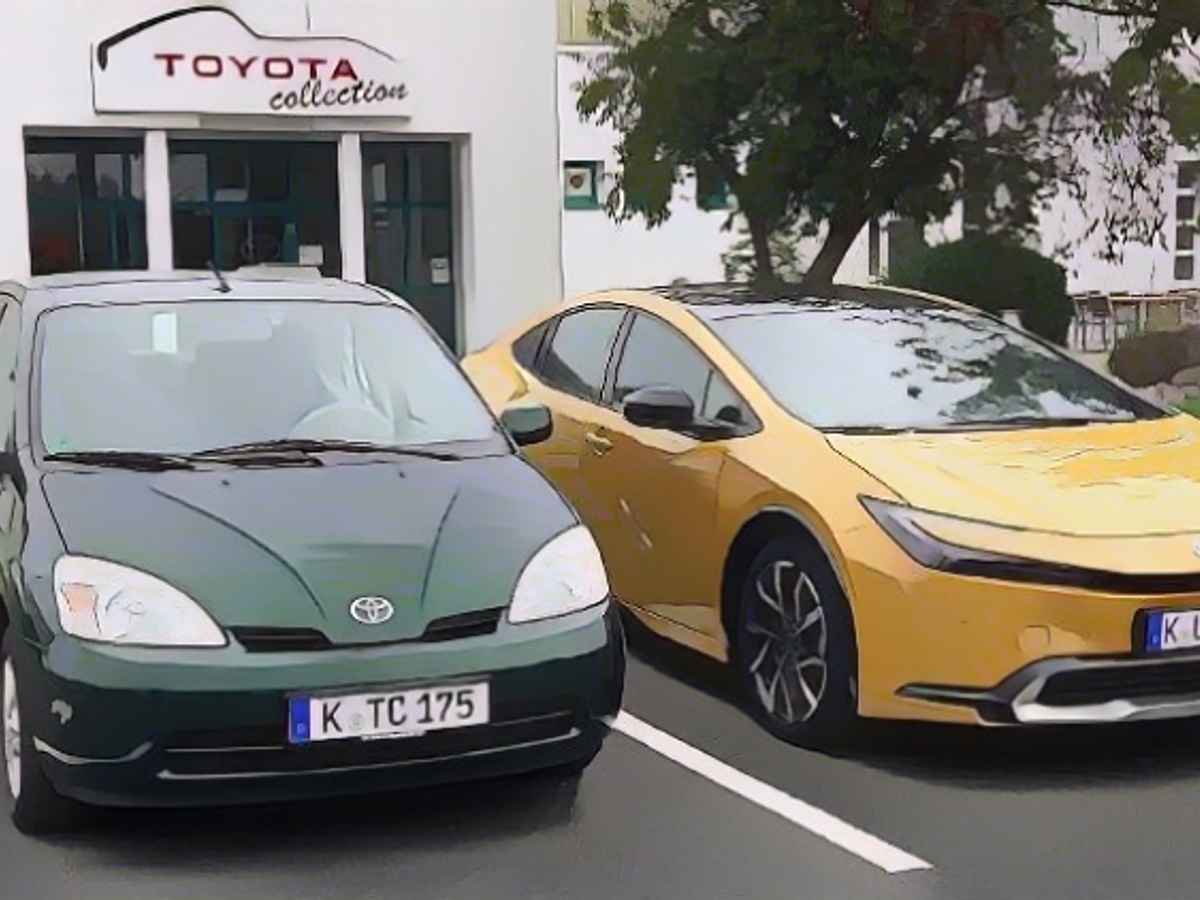
Nevertheless, the role of pioneer remains with the Prius to this day, visualized in the design language of the fifth edition of the hybrid pioneer. However, Toyota has long been thinking about the next step: zero-emission vehicles, electric vehicles such as the FC models or FCEV models such as the Mirai are set to save the world in the future.
Aleksandra Lippert from the valuation organization Classic Analytics knows whether the first Prius will have the potential to become a classic car: "Interesting technology that no one is interested in - that's the current situation of the first Toyota Prius on the classic car market. To a large extent, this is probably due to the fact that the less emotional hybrid technology was installed in an unimpressive compact car and even technology fans are not sure how long it will last after 30 years. The few surviving examples are therefore available in good condition for around 2200 euros."
Chronicle
1899: Ferdinand Porsche develops the "Lohner-Porsche system" electric car, which is presented at the Paris World Exhibition in 1900 as the first transmissionless car. In the same year, Porsche develops a hybrid vehicle with a mixed petrol-electric drive at Lohner, which is launched in 1902 as the Mixte car (Daimler's combustion engine charges the batteries)
1905: In the USA, the engineer H. Piper receives a patent for a hybrid drive consisting of a petrol engine and an electric motor
1906: In Belgium, the Auto-Mixte brand begins small-series production of hybrid trucks based on the patent of Belgian designer Pieper. The hybrid models are produced until 1912
1965: Toyota begins basic research into hybrid technology
1966: The US Congress recommends the commercialization of electric vehicles to reduce pollutant emissions
1977: The Toyota Sports 800 hybrid prototype with gas turbine and electric drive is presented
1988: The Alfa 33 Ibrida is built in three units as a hybrid prototype
1989: With the duo based on the Audi 100 Avant C3, Audi presents a plug-in parallel hybrid, although only around ten units are built. Two years later, another experimental vehicle in the Audi Duo series follows, this time based on the Avant quattro
1992: Publication of the Toyota Earth Charter, in which Toyota commits itself to building clean and safe cars for a green planet. Toyota manager Fujio Cho explains: "It bothers me, when I'm told, that in 100 years of automobile development, Japan has not contributed anything. Toyota will make every effort so that we can hear that Japan's technology has contributed this much to the environment."
1993: Toyota begins development of the Prius with hybrid drive
1994: Mission Impossible. Akihiro Wada, Executive Vice President at Toyota, sets the target of halving fuel consumption for the G21 project, and Toyota President Hiroshi Okuda sets the target of completing the Prius ahead of schedule by the 1997 Kyoto Conference. Takeshi Uchiyamda (Chief Engineer) declared this impossible, but is inspired to achieve this goal by the stories of people who made the impossible possible. He also brought together all of the Toyota Group's developers and designers in a competence center in order to launch a production car with a hybrid drive by 1997
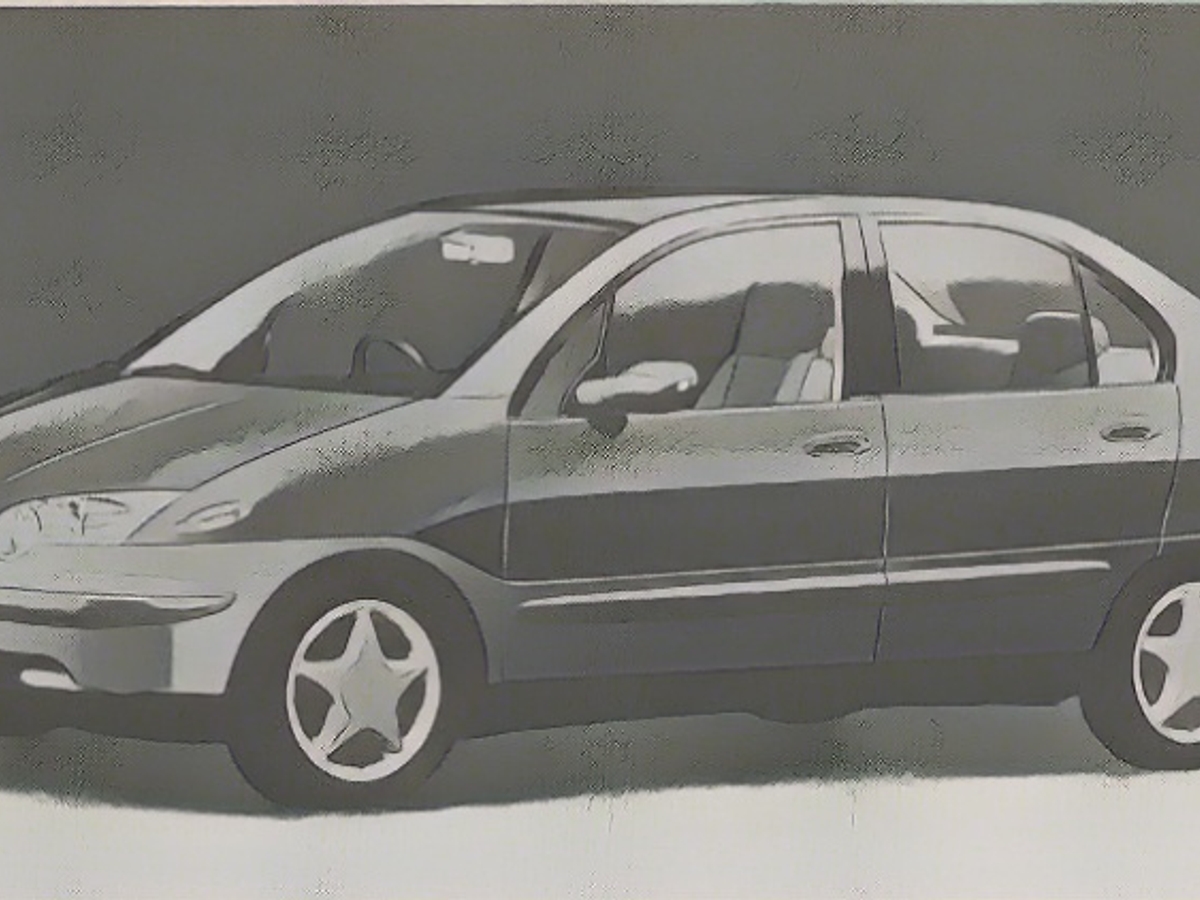
1995: Toyota unveils the first near-production Prius Concept at the Tokyo Motor Show
1997: The Audi duo (80 Avant TDI) with diesel-hybrid drive goes into small series production in the fall as the world's first plug-in hybrid, with a 10 kWh battery that can be charged by cable from household sockets. The Coaster minibus with hybrid drive will be launched in August. In October, the first Prius goes on sale in Japan on the occasion of its world premiere at the Tokyo Motor Show. The first Prius gets the electrification ball rolling, as it is the world's first mass-produced hybrid electric vehicle, and the market launch is accompanied by the slogan "Just in time for the 21st Century". Delivery of the Prius with Toyota Hybrid System from December (the first mass-produced hybrid car with 123,000 units by August 2003). The Prius is presented to participants at the International Climate Conference in Kyoto and celebrated by the media as a milestone in the fight against climate change. Only 300 Toyota Priuses are delivered in the first year of production
1998: The Prius receives the Japanese Car of the Year 1997-98 award. 17,653 buyers are convinced by the combination of a gasoline engine and an electric motor in the second year of production. A Prius from the first year of production becomes the movie star of the action series "Alarm for Cobra 11 - Die Autobahnpolizei". To date, over 320 cinema and TV movies with Toyota Prius as automotive stars
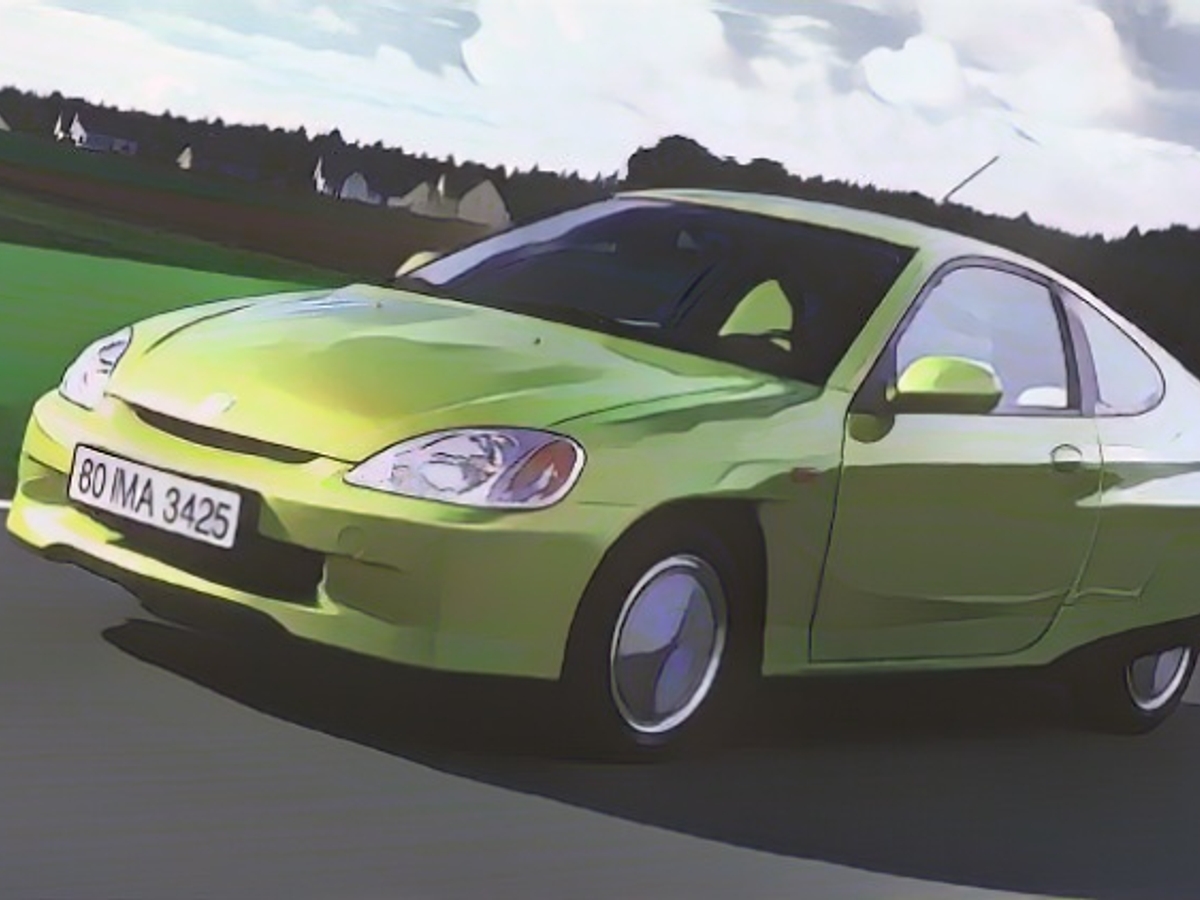
1999: Honda launches the Insight hybrid model in North America in the middle of the year (US standard consumption in urban areas: 3.9 liters), thereby venturing into the US market just ahead of Toyota. In December, delivery of the 50,000th Prius, introduction of the Prius in the USA as the 2000 model with a US standard consumption (urban) of 4.5 liters.
2000: Toyota delivers the Prius in large numbers to North America, while the Honda Insight only ekes out a niche existence
2001: German market launch of the Prius at a price of 44,400 marks with a sales target of 1,500 registrations in the first full year of sales, which is not achieved. The Toyota Estima MPV (Previa) debuts as the first hybrid passenger car with 4WD
2002: The Civic Hybrid is Honda's second hybrid model, with a US standard fuel consumption of 4.7 liters. Toyota delivers its 100,000th hybrid vehicle. The Prius becomes the celebrity limousine at the Oscars. Harrison Ford and Calista Flockhart make the start, followed by over 50 Hollywood celebrities using a Prius as an image booster

2003: A new version of the Prius makes its debut at the New York Auto Show as the first car with less than 100 grams of CO2 emissions. The second Prius generation sets aerodynamic standards with a low drag coefficient of 0.26 and is presented as a five-door hatchback. The second Prius will celebrate its European premiere at the IAA in Frankfurt in September. A total of over 120,000 units of the first generation Prius were sold
2004: German market launch of the second Prius generation in January. The Toyota Hybrid System II, which is used in the second generation of the Prius, achieves 15 percent greater efficiency, while the electric motor develops 50 percent more power. The improved battery pack is lighter and more powerful and enables the Prius to travel up to two kilometers on electric power. The Lexus RX 400h debuts at the NAIAS in Detroit as the first SUV hybrid with front-wheel and electric all-wheel drive. Ford USA presents the Escape Hybrid SUV as the first US model with hybrid drive. In May, 5,806 units of the Prius are sold in Japan, making it into the top ten of the registration charts for the first time. The Toyota Prius wins the International Engine of the Year Award. In the Prius GT motorsport prototype, the 1.5-liter equivalent from the Yaris TS is used instead of the 78 hp four-cylinder engine. The system output of the Prius GT is 145 hp. In November, the Toyota Prius is voted European "Car of the Year 2005". During a record drive on an American salt lake, the Toyota Prius reaches a land speed of 208.86 km/h (130.794 mph)
2005: At the NAIAS in Detroit in January, the Lexus GS 450h debuts as a hybrid with rear-wheel drive
2006: The 500,000th Prius rolls off the production line in April. David Cameron backs Lexus Hybrid as British Parliamentary Leader of the Opposition and later continues to do so as Prime Minister. The 50,000th Toyota Prius on the European market is handed over to a Dutch buyer on October 30. The largest European market for the Prius is Germany, where a fifth of all European Priuses are registered
2007: The Lexus LS 600h debuts as the first V8 petrol engine with hybrid system. The 1.5-liter combustion engine of the Prius wins the "International Engine of the Year" award in the 1.4 to 1.8-liter engine category for the third time in a row
2008: The Audi Q7 Hybrid marks the beginning of the hybrid era for the European automotive industry. The one millionth Toyota Prius is delivered in April, over 100,000 of which are registered in Europe. Tesla begins small series production of the all-electric Roadster
2009: The third generation of the Prius makes its debut in January. Toyota Europe expects around 10,000 orders for the third Prius in the first year of its market launch; the actual figure is 180,000 units. Thanks to the even lower drag coefficient, the larger 1.8-liter engine and a newly designed electric motor, the fuel efficiency of the third Prius can be improved by a further ten percent and CO2 emissions can be reduced by 14 percent. The Auris HSD makes its debut at the Frankfurt IAA in September
2010: Production of the Prius PHV starts at the Toyota plant in Tsutsumi, Japan, with 120 plug-in hybrids being produced every month. In February, the first Prius PHV plug-in hybrids start European field trials in Strasbourg. In September, the two millionth Prius is delivered and the Prius temporarily takes first place in the Japanese registration charts for the first time. In June, production of the Mitsubishi i-MiEV begins in Japan as the world's first mass-produced all-electric car. Sales in Europe are also handled by the Peugeot and Citroen brands. Porsche presents the 918 Spyder as the world's most powerful (608 hp) and fastest (345 km/h) production plug-in hybrid to date with an electric range of 25 kilometers. Also new is the all-electric Toyota RAV4 with electric technology developed in cooperation with Tesla. Around 1,500 second-generation RAV4 EV vehicles (the first RAV4 EV was produced in small numbers in 1997) will be sold to fleet operators in the USA. The 27.4 kWh nickel-metal hydride battery lasts for a good 150 kilometers
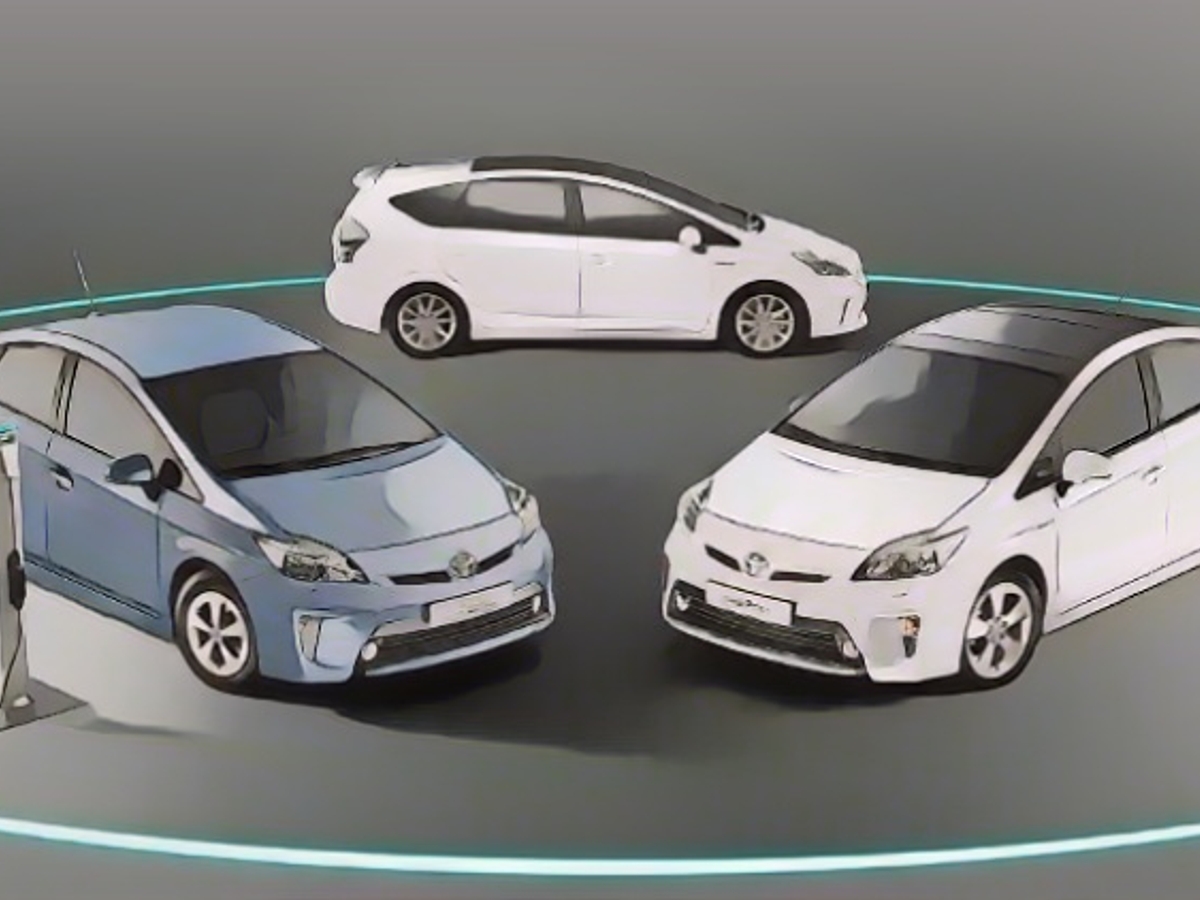
2011: The Prius expands the model family at the Detroit Auto Show. In addition to the Prius as a full hybrid and the Prius as a plug-in hybrid, Toyota presents the Prius V (van) and the small car concept Prius c. The Toyota Prius+ celebrates its European premiere as a series version at the IAA Frankfurt, as does the Toyota Prius Plug-in. There is also the Yaris Hybrid, initially as a concept
2012: The Prius Plug-in Hybrid (electric range: 25 kilometers) is launched in several European countries. In June, German market launch for Yaris Hybrid and Toyota Prius+ as the first seven-seater hybrid compact van

2013: PSA Peugeot Citroen announces 50,000 diesel hybrid models sold. Toyota celebrates the production milestone of three million Priuses
2014: Toyota sets a new fuel economy record with the Prius plug-in hybrid on the Nordschleife with 0.4 l/100 km consumption
2015: The fourth generation of the Prius on the new TNGA platform makes its debut at the IAA in Frankfurt in September. As a plug-in hybrid, the fourth Prius offers an electric range of 50 kilometers
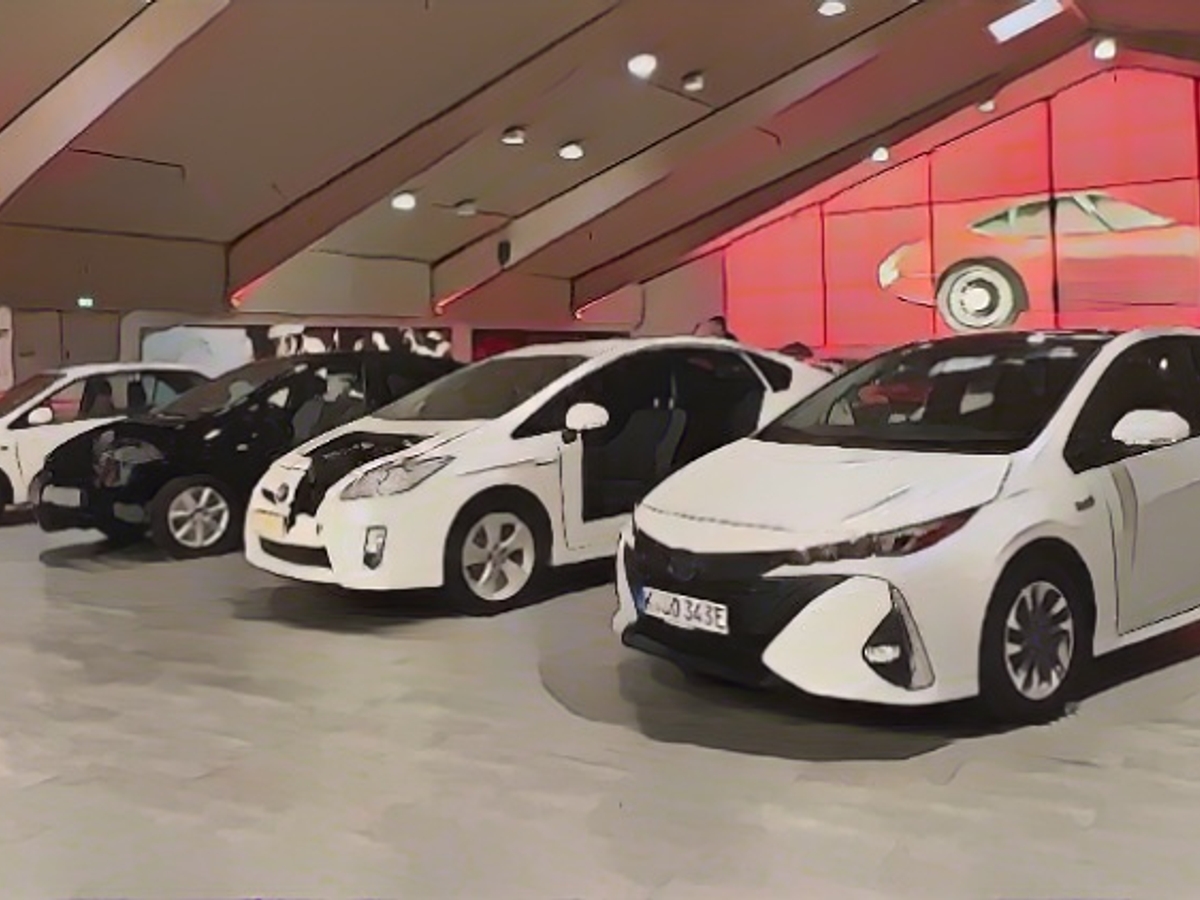
2016: In March, Lexus celebrates the delivery of its one millionth vehicle with hybrid drive. Market launch of the Toyota RAV4 Hybrid
2017: Market launch of the Toyota CH-R crossover with hybrid drive. The Toyota Prius plug-in hybrid is the world's first production car to run on solar power. Delivery of the ten millionth Toyota hybrid vehicle in February and delivery of the 150,000th Toyota hybrid vehicle in Germany in April
2019: In Brazil, Toyota launches the Corolla Altis as the world's first flex-fuel hybrid that can run on ethanol and gasoline
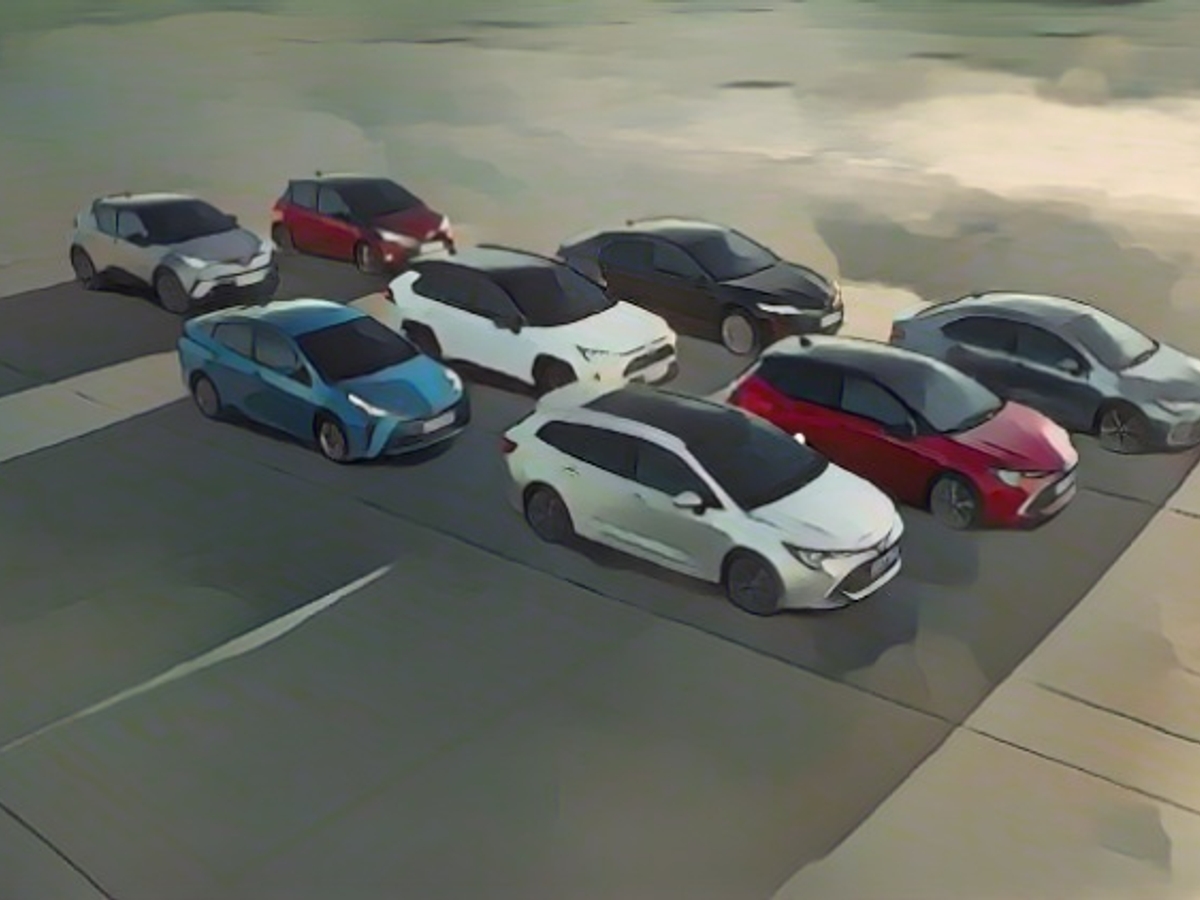
2020: By January 2020, around 17.5 million hybrid cars had been delivered worldwide, including 15 million Toyota and Lexus, followed by Honda, Hyundai-Kia and Ford. The most important market worldwide to date has been Japan (around 7.5 million units), ahead of North America (around six million units) and Europe. From summer, the Prius will only be available to order as a plug-in in Germany
2022: In the summer, the fourth-generation Prius is discontinued from the German Toyota range. In November, Toyota presents the fifth generation of the Prius, the international market launch will take place in 2023, with the Prius then also returning to the Toyota Germany portfolio
2023: Since the launch of the Prius in 1997, Toyota has sold more than 23 million electrified vehicles worldwide. More than five million of these are Prius and Prius Plug-in Hybrid. On the occasion of the 24-hour race in Le Mans, Toyota presents the Prius as the 24h Le Mans Centennial GR Edition concept car, which is intended to show a preview of a sportier variant. In summer, press presentation and German market launch of the fifth-generation Prius, which is sold exclusively as a plug-in hybrid in this country. In other markets, the Prius is also available with electric all-wheel drive and without a plug-in battery. Toyota wants to offer the broadest possible portfolio of electrified vehicles with hybrid, plug-in hybrid, FCEV (currently the Toyota Mirai) and BEV (currently the Toyota BZ) models. By 2025, Toyota aims to have 90 percent of its sales in Western Europe accounted for by electrified vehicles, of which at least ten percent are to be zero-emission vehicles (ZEV). By the end of the decade, these figures should rise to 100 percent electrification and at least 50 percent ZEVs, with ten new e-cars to be launched on the market by 2026
The 2023 version of the Toyota Prius, featuring a sleek design, was recognized with the Red Dot Design Award, demonstrating the brand's ability to reinvent even its iconic hybrid models.
As Toyota's hybrid pioneer, the original Prius, launched in 1993, has sold over five million units worldwide, becoming the first mass-produced car with a dual-engine system consisting of a gasoline engine and an electric motor.
Source: www.ntv.de








